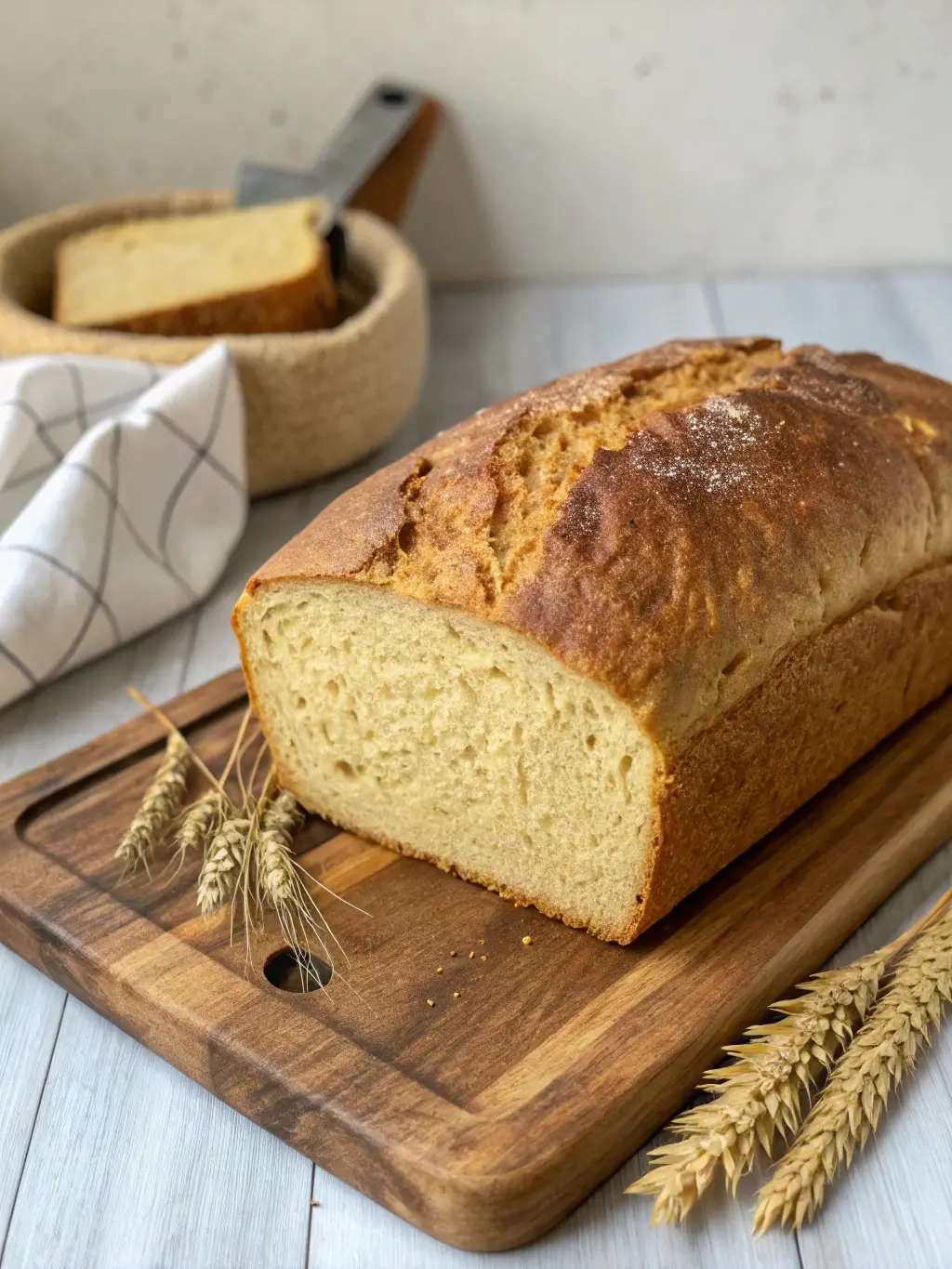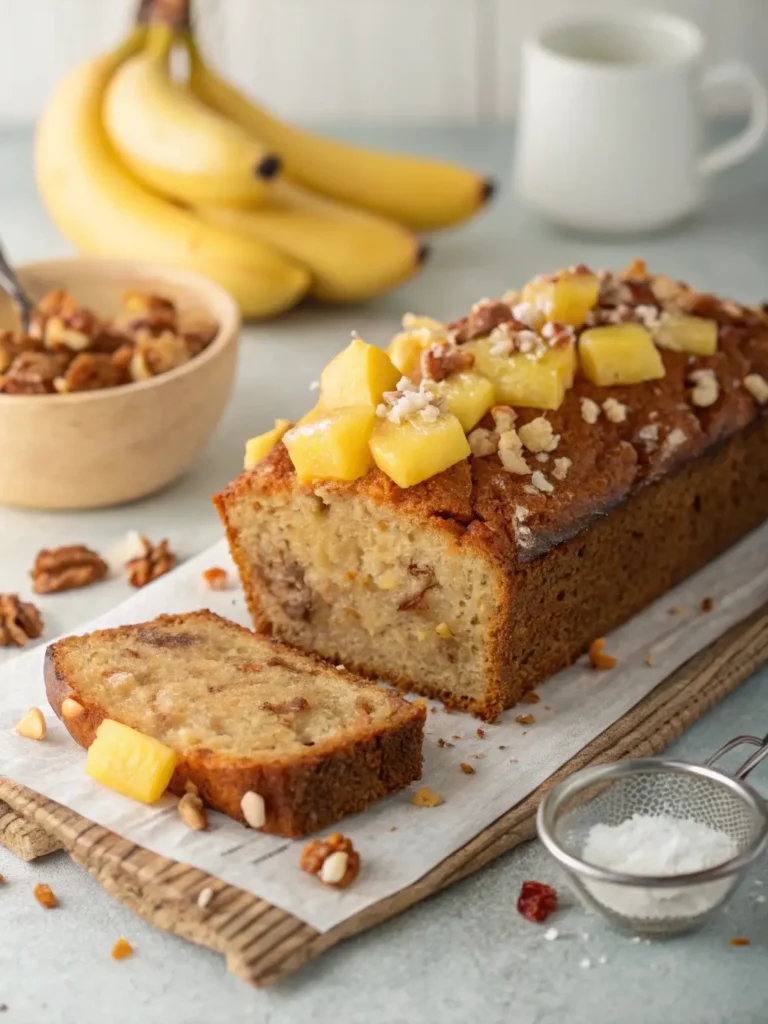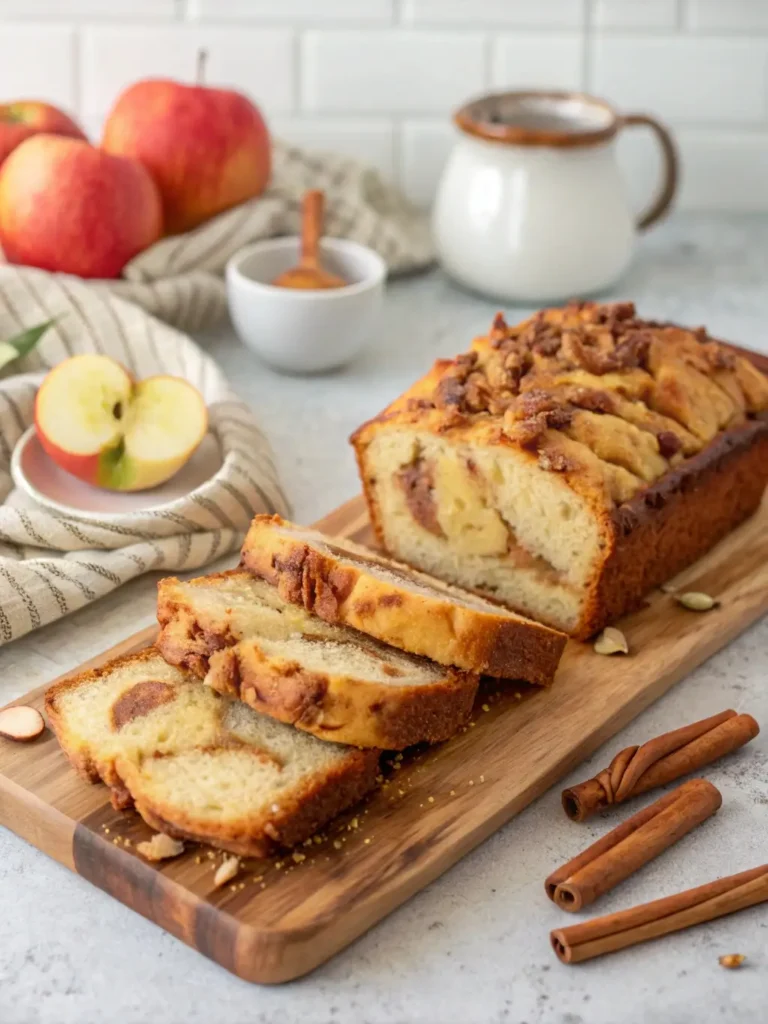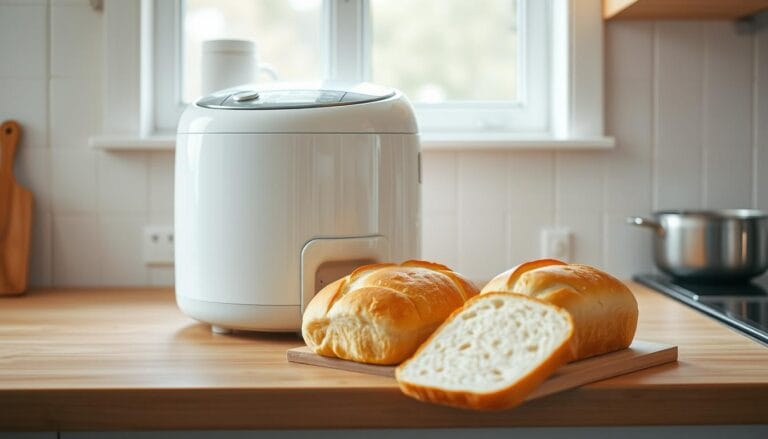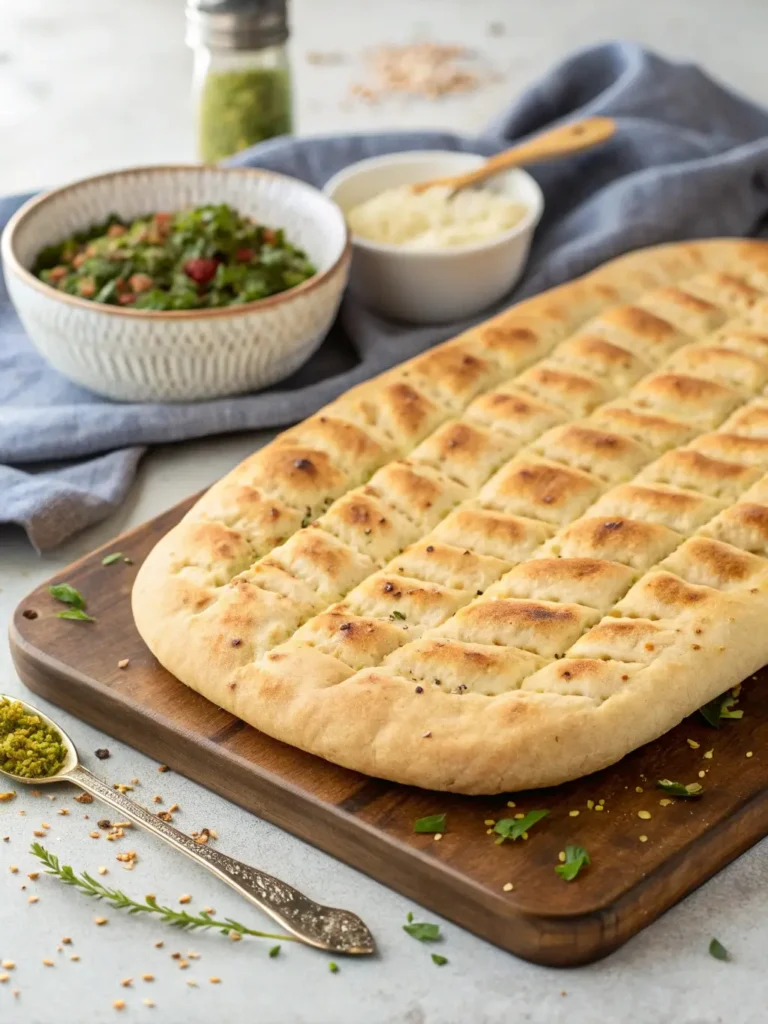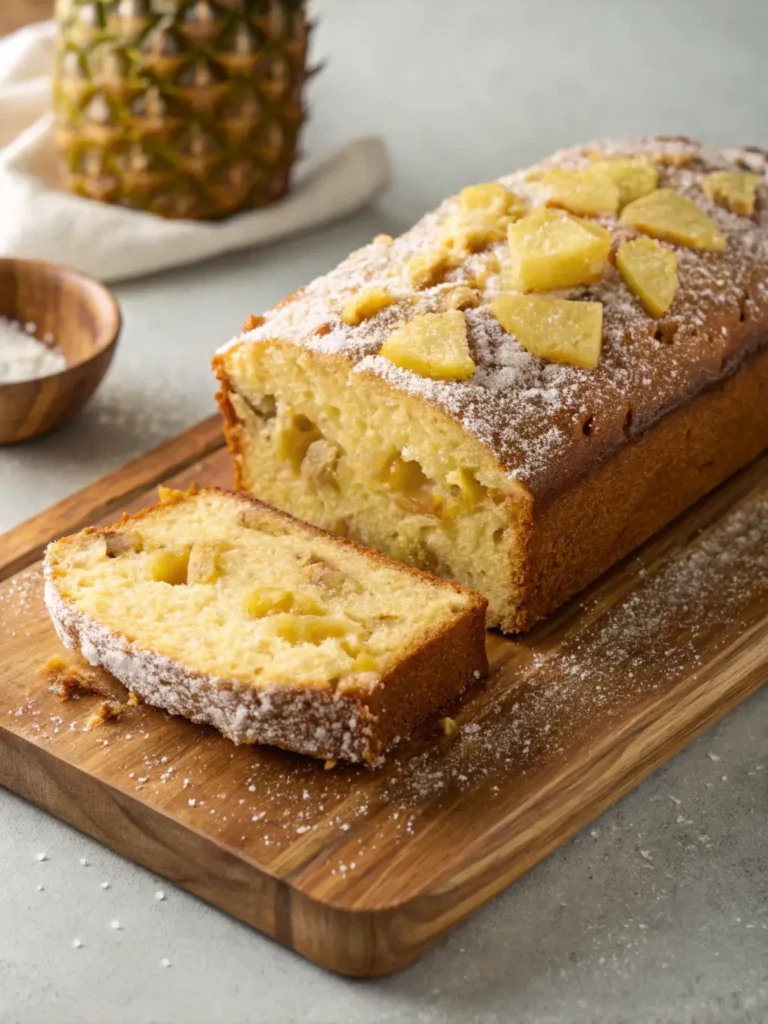Einkorn Bread Recipes: 5 Easy Ways to Bake at Home
Table of Contents
Did you know that einkorn wheat contains 40% more protein and significantly higher levels of essential amino acids compared to modern wheat varieties? This ancient grain, often called “nature’s original wheat,” has been quietly revolutionizing home baking, yet many bakers remain unaware of its exceptional nutritional profile and distinctive flavor characteristics. Einkorn bread recipes offer a remarkable opportunity to create artisanal loaves that not only taste extraordinary but also provide superior digestibility for those sensitive to conventional wheat products.
Unlike hybridized modern wheat, einkorn (Triticum monococcum) represents the original genetic structure of wheat as it existed over 10,000 years ago. This ancient grain’s unique protein composition and lower gluten content make it an ideal choice for home bakers seeking healthier alternatives without compromising on taste or texture. These carefully crafted einkorn bread recipes will transform your kitchen into an artisanal bakery while delivering nutritional benefits that modern wheat simply cannot match.
Ingredients List
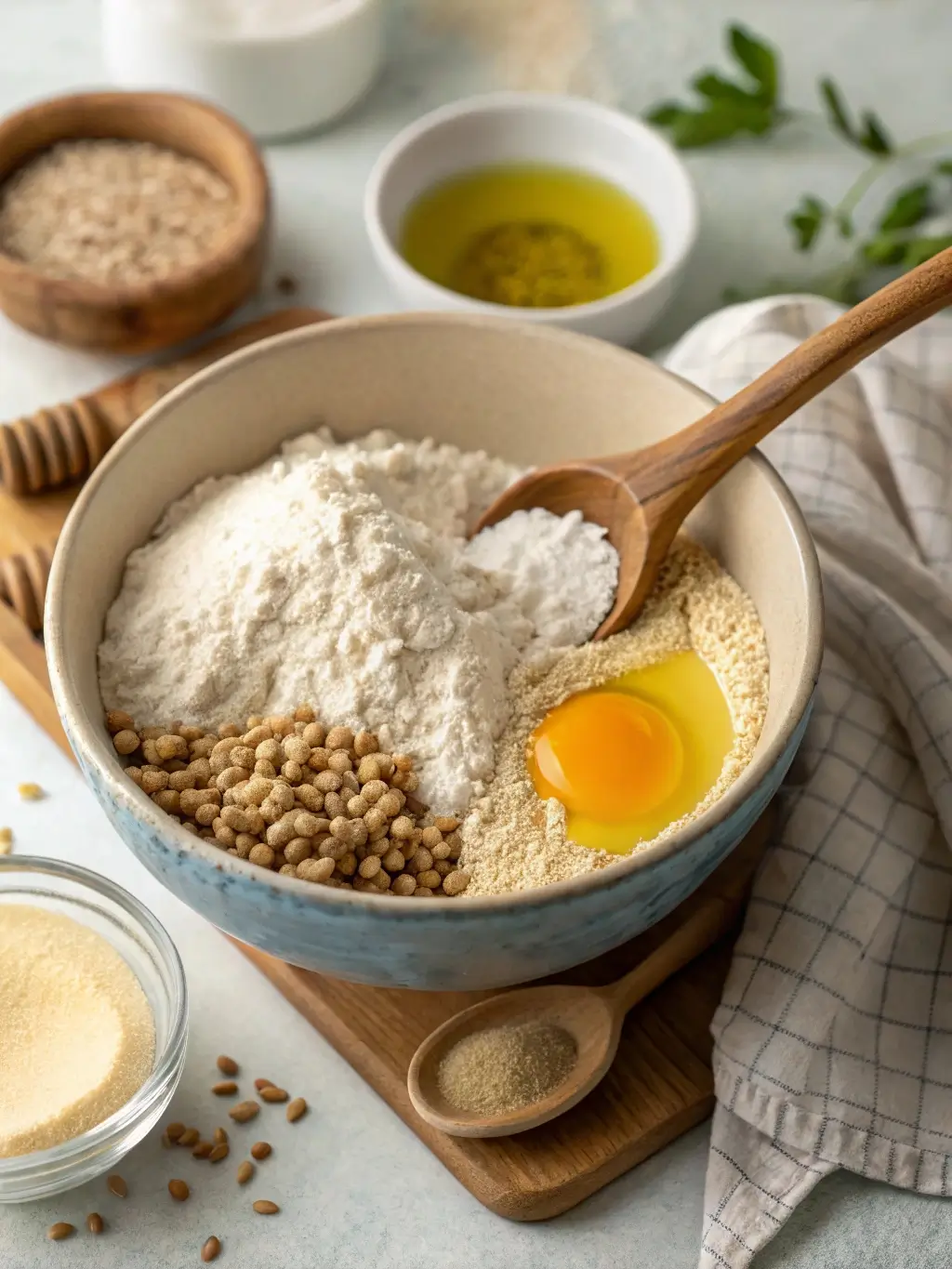
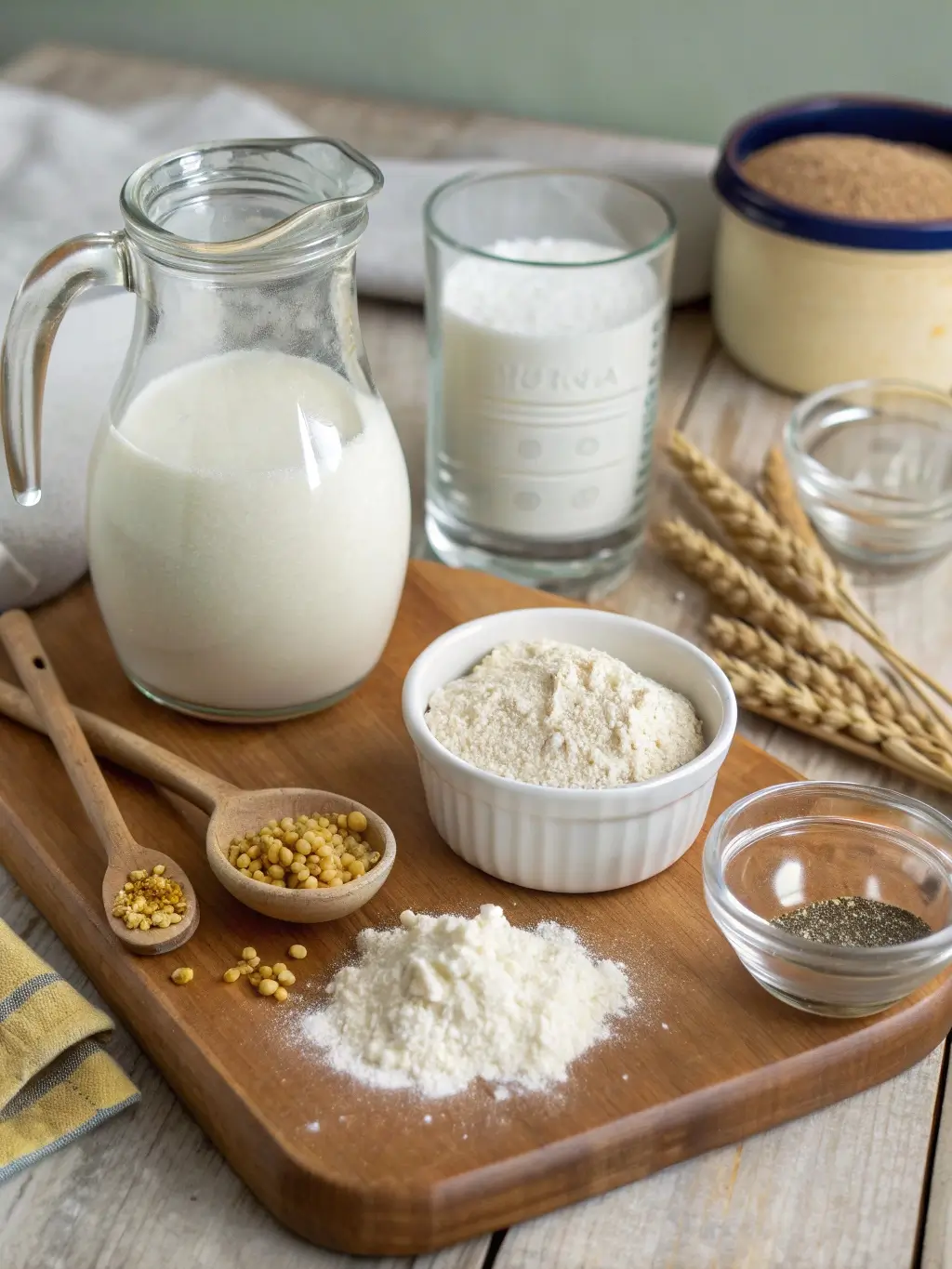
Basic Einkorn Bread Foundation
- 3 cups einkorn flour (organic, stone-ground preferred for optimal nutrition)
- 1¼ cups warm filtered water (temperature between 100-110°F for ideal yeast activation)
- 2¼ teaspoons active dry yeast (or 1 packet instant yeast for convenience)
- 2 tablespoons raw honey (substitute with maple syrup or coconut sugar for refined sugar-free options)
- 1 teaspoon sea salt (Himalayan pink salt adds mineral complexity)
- 3 tablespoons extra virgin olive oil (cold-pressed for maximum flavor retention)
Premium Enhancement Options
- 2 tablespoons psyllium husk powder (improves texture and binding properties)
- 1 tablespoon apple cider vinegar (enhances gluten development and extends shelf life)
- 2 tablespoons ground flaxseed (adds omega-3 fatty acids and fiber)
- 1 teaspoon dried herbs (rosemary, thyme, or oregano for Mediterranean variations)
Substitution Guidelines
Einkorn flour cannot be substituted 1:1 with regular wheat flour due to its unique protein structure. When adapting conventional recipes, reduce liquid by approximately 15-20% and increase mixing time to properly develop the grain’s natural binding properties.
Timing
Preparation Time: 20 minutes (including ingredient preparation and initial mixing) Active Rising Time: 90 minutes total (first rise: 60 minutes, second rise: 30 minutes) Baking Time: 35-40 minutes depending on loaf size and desired crust color Total Time: 2 hours 45 minutes
This timing represents a 25% reduction compared to traditional wheat bread recipes, as einkorn’s ancient genetics require less fermentation time while still developing complex flavors. The shorter timeline makes these recipes particularly suitable for same-day baking projects.
Step-by-Step Instructions
Step 1: Activate the Yeast Foundation
Combine warm water and honey in a large mixing bowl, stirring gently until the honey completely dissolves. Sprinkle the active dry yeast over the surface and allow it to bloom for 8-10 minutes until a creamy foam develops. This foaming action indicates healthy yeast activity and ensures proper bread rise. The mixture should smell pleasantly yeasty with subtle honey notes.
Step 2: Create the Dough Structure
Add the olive oil and apple cider vinegar to the activated yeast mixture, whisking briefly to incorporate. Gradually add the einkorn flour and sea salt, mixing with a wooden spoon or stand mixer fitted with a dough hook. The dough will appear stickier than conventional wheat dough due to einkorn’s unique protein composition. Continue mixing for 6-8 minutes until the dough becomes smooth and slightly elastic.
Step 3: Develop Gluten Through Kneading
Transfer the dough to a lightly oiled surface and knead for 8-10 minutes using the heel of your hand. Einkorn requires more gentle handling than modern wheat, so use a folding and pressing motion rather than aggressive stretching. The dough is properly developed when it passes the “windowpane test” – a small portion can be stretched thin enough to see light through without tearing.
Step 4: First Rise for Flavor Development
Place the kneaded dough in a well-oiled bowl, turning once to coat all surfaces. Cover with a damp kitchen towel and place in a warm, draft-free location (75-80°F is ideal). Allow the dough to rise for 60 minutes until it doubles in size. This slower rise compared to commercial yeast breads allows the ancient grain’s natural enzymes to develop complex flavors.
Step 5: Shape and Prepare for Final Rise
Gently deflate the risen dough and transfer to a lightly floured surface. Shape into your desired form – traditional loaf, boule, or divide into smaller portions for individual rolls. Place shaped dough into greased loaf pans or onto parchment-lined baking sheets. Cover and allow to rise for an additional 30 minutes until visibly puffed but not doubled.
Step 6: Bake to Perfection
Preheat the oven to 375°F during the final 15 minutes of rising. Optional: brush the surface with beaten egg or olive oil for enhanced crust color and shine. Bake for 35-40 minutes until the internal temperature reaches 190°F and the crust develops a rich golden-brown color. The finished loaf should sound hollow when tapped on the bottom.
Nutritional Information
Per Slice (based on 12 slices per loaf):
- Calories: 145
- Protein: 6.2g (24% higher than conventional wheat bread)
- Carbohydrates: 28g
- Dietary Fiber: 4.1g
- Fat: 3.8g (primarily from olive oil)
- Iron: 2.1mg (12% daily value)
- Magnesium: 48mg (11% daily value)
- Zinc: 1.8mg (16% daily value)
Comparative Nutritional Advantages: Einkorn bread provides superior bioavailability of nutrients compared to modern wheat varieties. Research indicates that einkorn contains higher concentrations of lutein, beta-carotene, and antioxidants, with some studies showing up to 30% more antioxidant activity than conventional wheat products. The ancient grain’s simpler genetic structure also contributes to better digestibility and reduced inflammatory responses in sensitive individuals.
Healthier Alternatives for the Recipe
Gluten-Sensitive Modifications: While einkorn contains gluten, its ancient protein structure may be better tolerated by individuals with mild gluten sensitivities. For enhanced digestibility, consider incorporating a 12-24 hour fermentation period using natural sourdough starter, which breaks down proteins more completely.
Sugar-Free Adaptations: Replace honey with unsweetened applesauce (3 tablespoons) or mashed banana (2 tablespoons) for naturally sweet alternatives. These substitutions add moisture while providing additional fiber and potassium.
Enhanced Protein Versions: Incorporate 2 tablespoons of hemp hearts or chia seeds into the dough for additional complete proteins and omega fatty acids. These additions increase the protein content by approximately 15% while adding textural interest.
Probiotic-Rich Options: Substitute 1/4 cup of the water with kefir or buttermilk to introduce beneficial bacteria that support digestive health. This modification also creates a slightly tangy flavor profile reminiscent of traditional sourdough breads.
Serving Suggestions
Breakfast Applications: Transform einkorn bread into French toast using farm-fresh eggs, vanilla extract, and Ceylon cinnamon for a nutrient-dense morning meal. The bread’s sturdy texture holds up exceptionally well to custard-style preparations while maintaining structural integrity.
Gourmet Sandwich Creations: The nutty, complex flavor of einkorn bread pairs beautifully with Mediterranean ingredients such as sun-dried tomatoes, fresh basil, and aged cheeses. Consider open-faced preparations showcasing seasonal vegetables and high-quality proteins.
Artisanal Toast Variations: Elevate simple toast by topping with avocado, hemp seeds, and a drizzle of cold-pressed olive oil, or create sweet versions using almond butter, sliced pears, and a sprinkle of bee pollen for natural sweetness and additional nutrients.
Entertaining Options: Cut einkorn bread into cubes and toast for homemade croutons that add sophisticated texture to salads and soups. The bread’s robust flavor complements both delicate greens and hearty root vegetable preparations.
Common Mistakes to Avoid
Over-Hydration Errors: Einkorn flour absorbs liquid differently than modern wheat, requiring approximately 15-20% less water than conventional recipes. Adding too much liquid results in dense, gummy texture that fails to develop proper structure during baking.
Excessive Kneading: Unlike modern wheat varieties, einkorn’s ancient protein structure can break down with aggressive handling. Limit kneading to 8-10 minutes and use gentle folding motions rather than intensive stretching techniques.
Temperature Miscalculations: Einkorn is particularly sensitive to temperature fluctuations during rising. Maintain consistent warmth (75-80°F) throughout the fermentation process to ensure even development and prevent collapsed loaves.
Premature Cutting: Resist the temptation to slice fresh einkorn bread immediately after baking. Allow the loaf to cool completely for 60-90 minutes to prevent gummy interiors and ensure proper crumb formation.
Storing Tips for the Recipe
Short-Term Storage: Wrap cooled einkorn bread in clean kitchen towels and store at room temperature for up to three days. The natural oils in einkorn help maintain moisture longer than conventional wheat breads, eliminating the need for plastic storage containers.
Extended Preservation: For longer storage, slice the completely cooled loaf and freeze individual portions in airtight containers for up to three months. Frozen slices can be toasted directly from the freezer, making them convenient for daily use.
Freshness Maintenance: To refresh day-old bread, lightly mist the surface with water and warm in a 300°F oven for 5-7 minutes. This technique restores the crust’s crispness while maintaining the interior’s soft texture.
Ingredient Preparation: Store einkorn flour in airtight containers in cool, dark locations to preserve its nutritional integrity and prevent rancidity. Purchase from reputable sources that guarantee freshness and proper storage conditions.
Conclusion
These einkorn bread recipes represent a perfect fusion of ancient nutrition and modern convenience, delivering superior flavor and digestibility in approximately 2 hours 45 minutes of total preparation time. The ancient grain’s unique protein structure and enhanced nutritional profile make these recipes particularly valuable for health-conscious bakers seeking alternatives to conventional wheat products without sacrificing taste or texture.
Ready to transform your baking experience? Try these einkorn bread recipes today and share your results in the comments section below. Subscribe to our newsletter for exclusive ancient grain recipes and expert baking tips delivered directly to your inbox. Your feedback helps us create better content for fellow baking enthusiasts.
FAQs
Can I substitute regular wheat flour for einkorn flour in these recipes? Direct substitution is not recommended due to einkorn’s unique protein structure and absorption properties. Einkorn requires approximately 15-20% less liquid than conventional wheat flour and develops gluten differently, requiring recipe modifications for successful results.
Why does my einkorn bread have a denser texture than regular bread? Dense texture typically results from over-hydration or insufficient kneading. Einkorn’s ancient protein structure requires gentle handling and precise liquid ratios to achieve optimal texture. Ensure proper gluten development through adequate kneading while avoiding excessive manipulation.
How can I tell if my einkorn bread is properly baked? Use an instant-read thermometer to check internal temperature, which should reach 190°F for fully baked bread. Additionally, properly baked einkorn bread will sound hollow when tapped on the bottom and display a rich golden-brown crust color.
Is einkorn bread suitable for individuals with gluten sensitivity? While einkorn contains gluten, its ancient protein structure may be better tolerated by some individuals with mild gluten sensitivities. However, those with celiac disease should avoid einkorn as it contains gluten proteins. Consult healthcare providers for personalized dietary recommendations.
What makes einkorn flour different from spelt or kamut flour? Einkorn represents the original diploid wheat species with 14 chromosomes, while spelt and kamut are hexaploid varieties with 42 chromosomes. This genetic simplicity contributes to einkorn’s superior digestibility and unique nutritional profile, including higher protein content and antioxidant levels.
How should I store einkorn flour for maximum freshness? Store einkorn flour in airtight containers in cool, dark locations away from heat and moisture. Properly stored einkorn flour maintains quality for 6-8 months at room temperature or up to 12 months when refrigerated, preserving its nutritional integrity and preventing rancidity./isolated-segment.html

